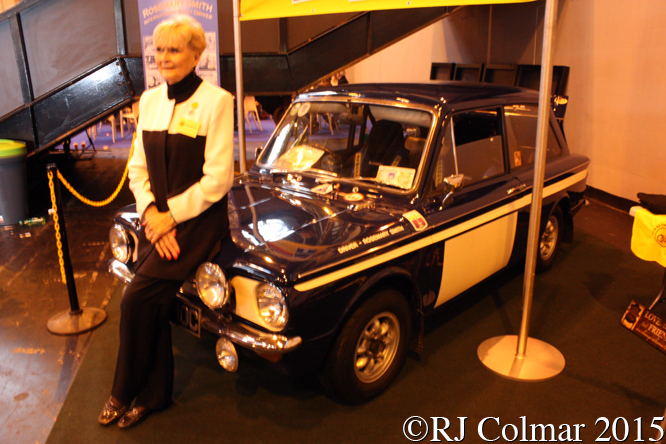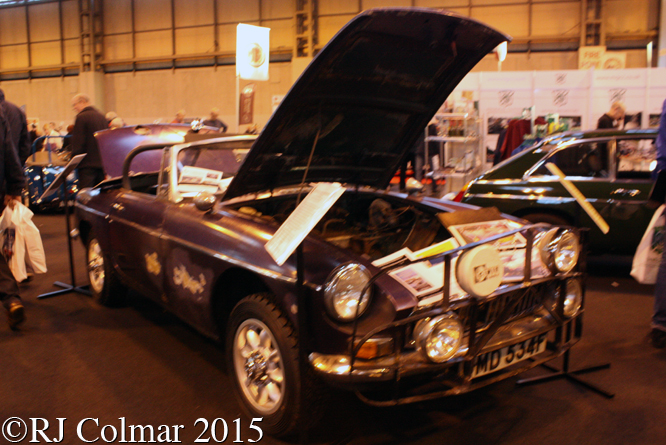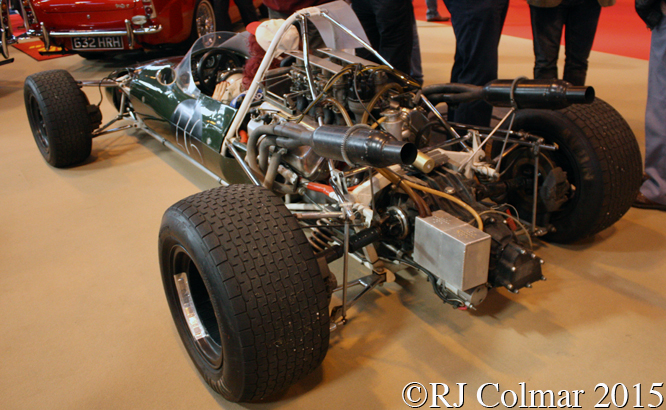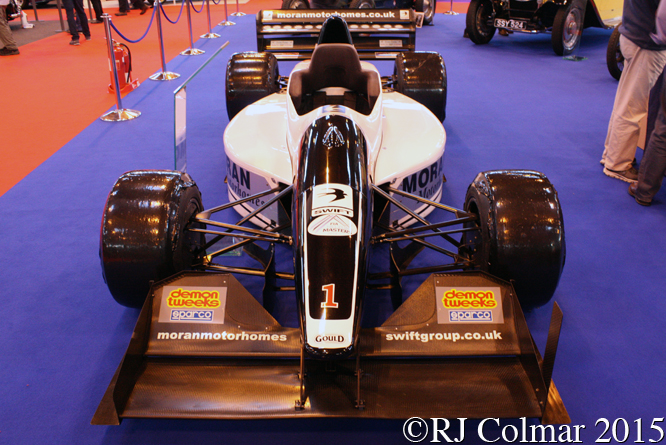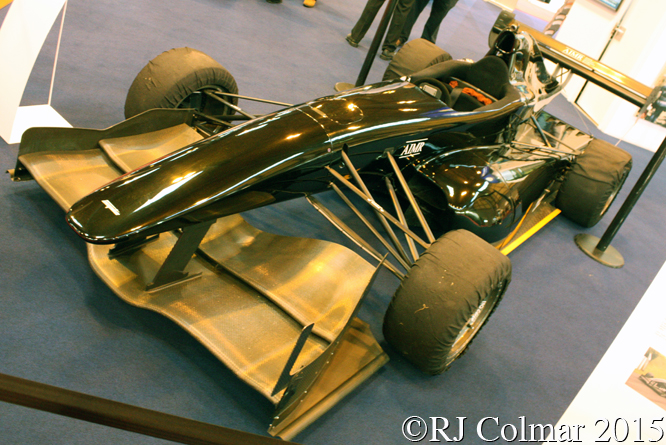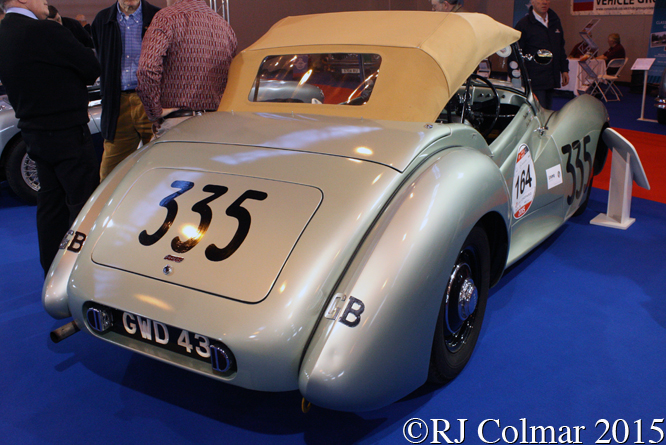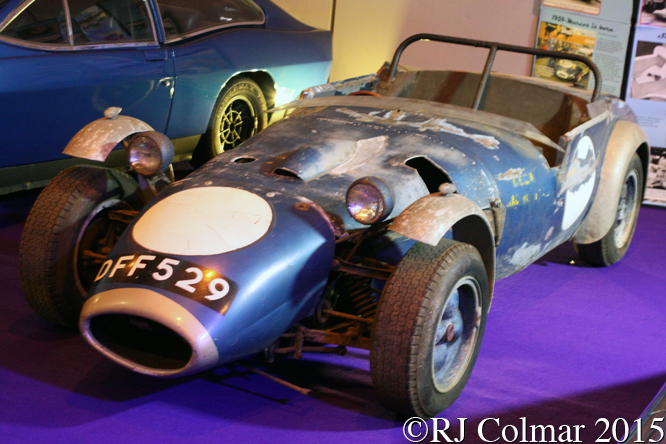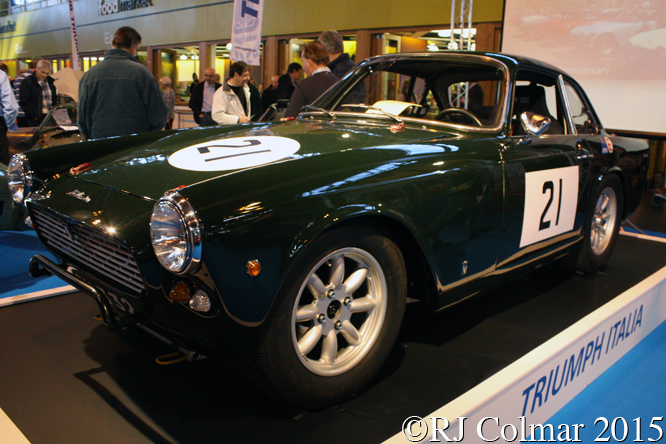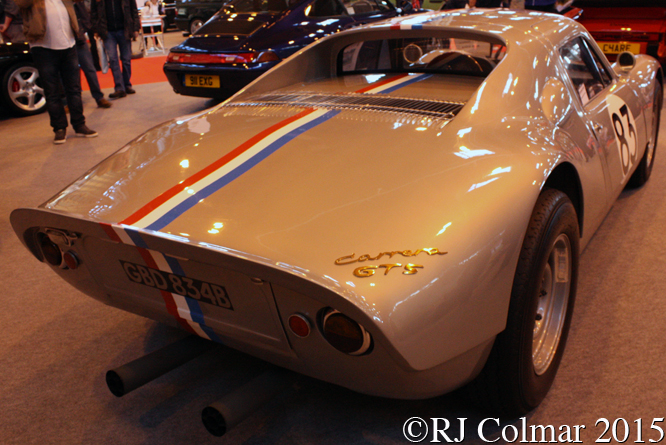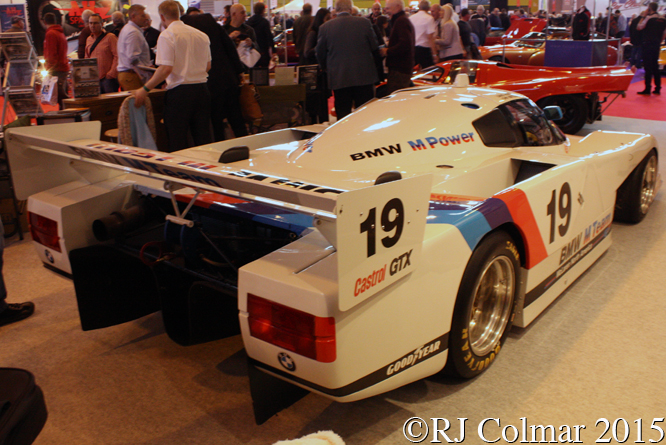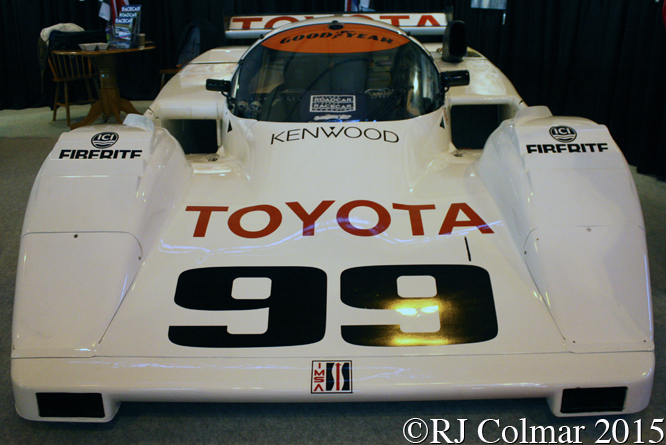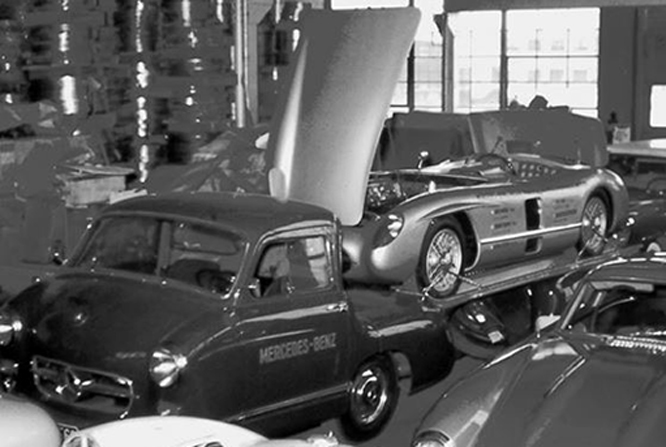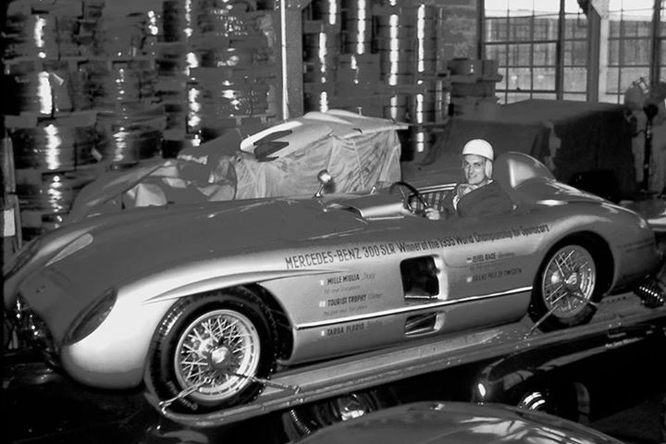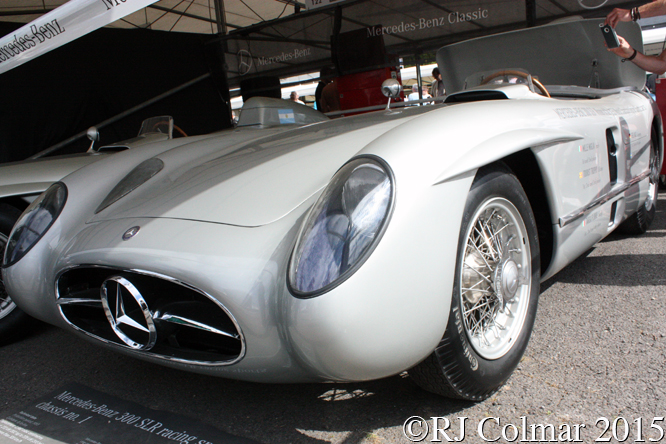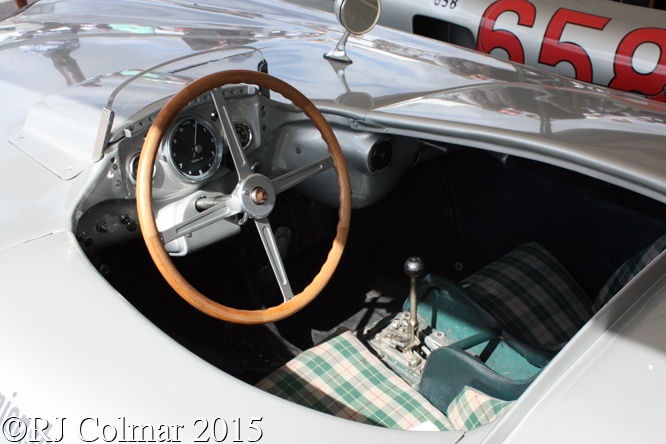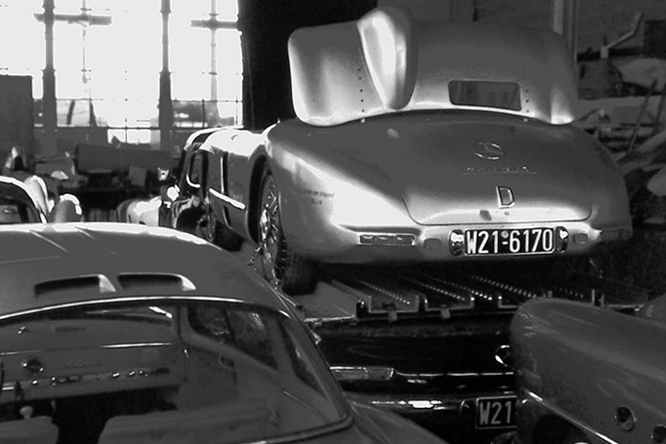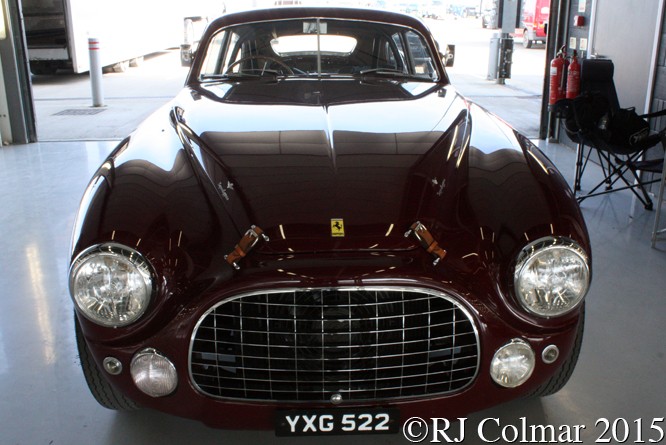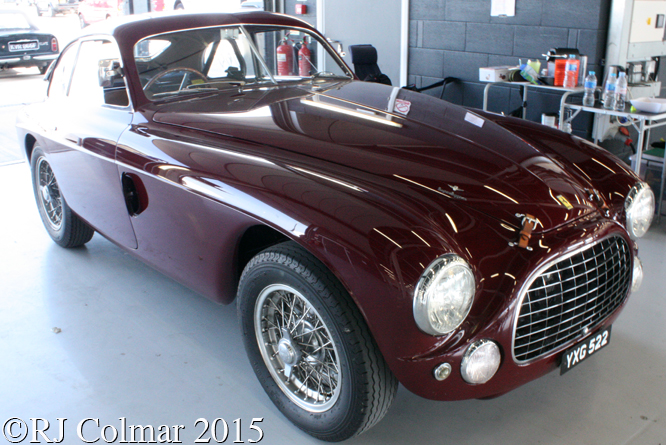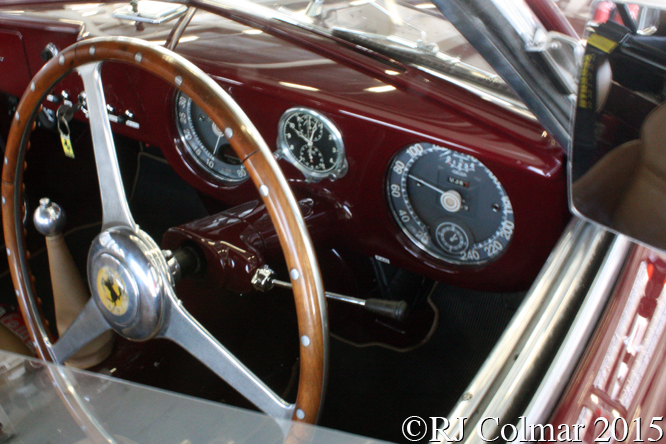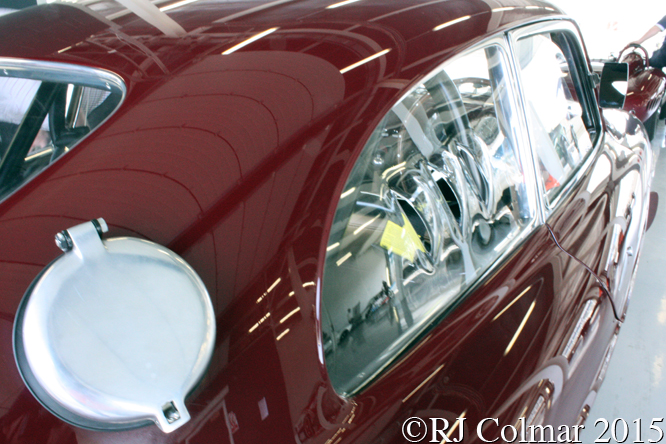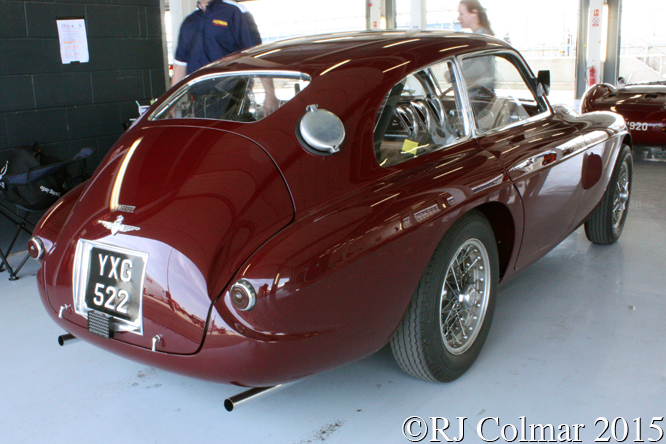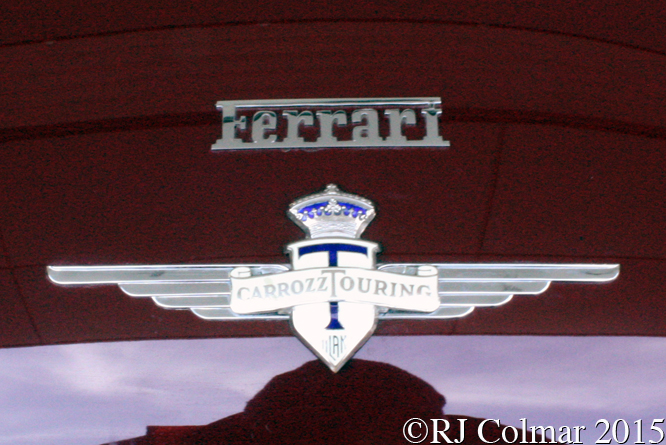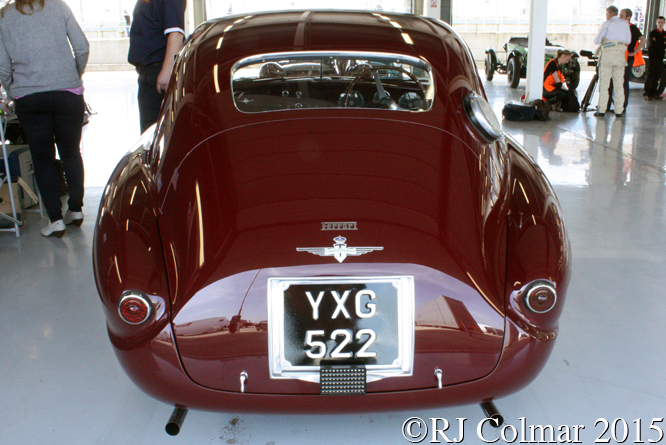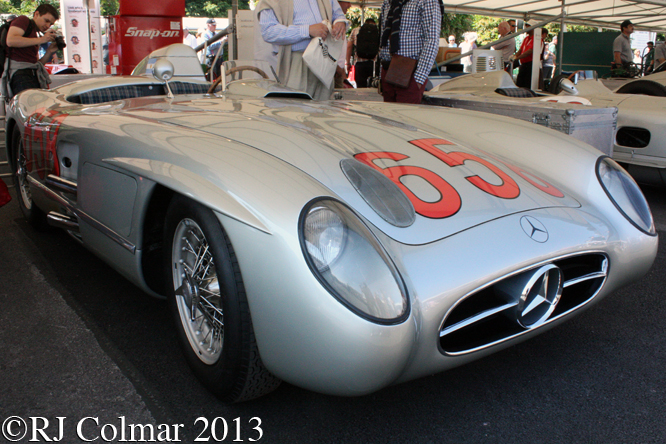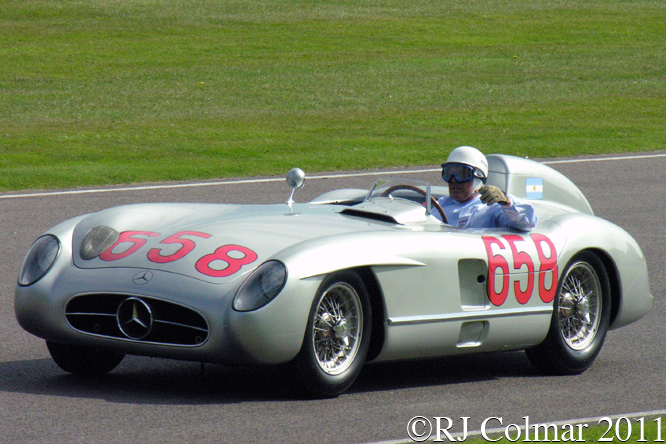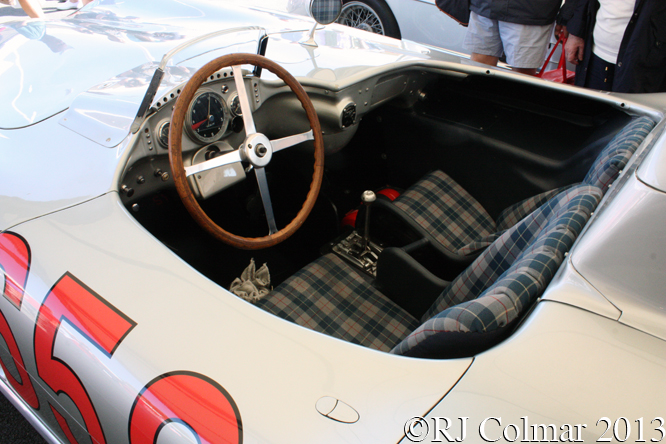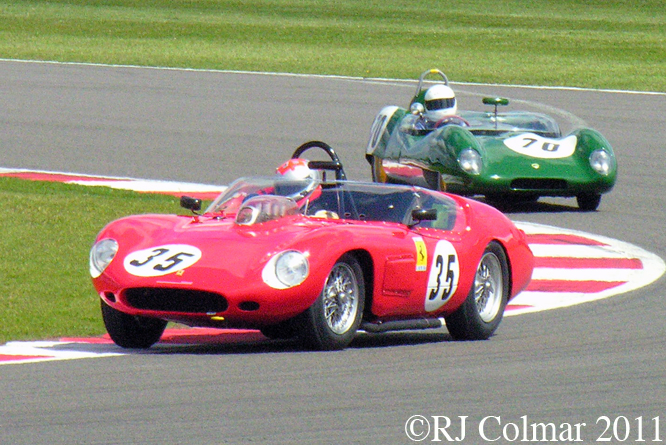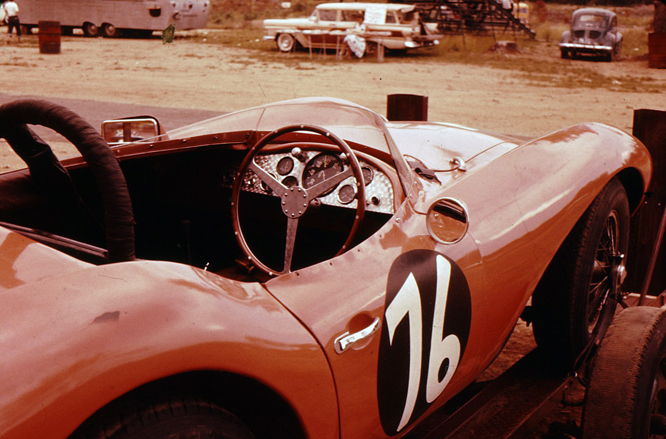In 1962 Lotus built one of their more significant models, the Lotus 22, for competition in the 2nd tier open wheel Formula Junior in 1962. The 22 was an upgraded version of the Lotus 20 but now featuring disc brakes all round.
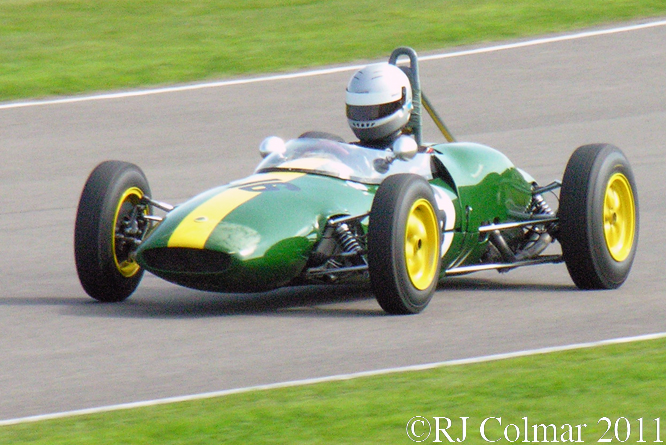
The Lotus 22 dominated Formula Junior in 1962 with Peter Arundell and Alan Rees at the wheel of the works cars which dominated the European Junior scene.
Arundell won 75 % of his races including the Monza Loteria and was crowned British Junior Champion. Moises Solana won FJ races in Mexico.
The design of the 22 was also used as the basis of the two seat the Lotus 23 sports racer, which I’ll be looking at next week, the 22 design was given a second lease of life with the emergence of the third tier open wheel Formula 3 in 1964 which mandated single seat vehicles with space frame chassis like the 22 which was upgraded to Lotus 31 spec in F3 guise though the chassis numbers for Lotus 31 curiously ran 22-F3-xx. The 22 design had yet another lease of life when Jim Russel converted a couple of 22’s and 31’s into Ford Kent powered racing cars and inadvertently invented Formula Ford leading to yet another run of cars being built to the basic Lotus 22 design now upgraded to Lotus 51 spec.
It is thought 77 Lotus 22’s were built in their original Formula Junior spec between 1962 and 1963.
Formula Junior was open to cars weighing a minimum 400 kgs / 880lbs fitted with 1100 cc / 67 cui motors or 350 kgs vehicles weighing a minimum of 350 kgs / 770 lbs with 1000 cc / 61 cui.
Chritoph Burckhardt’s car, thought to be chassis 22-J-17 seen above at Goodwood Revival, like most FJ cars in 1962 is the heavier 400 kgs type with 90 hp Cosworth tuned Ford 4 cylinder engine with a mandated production based block, this one canted over at 30 degrees to lower the centre of gravity and minimise the frontal area of the car.
Other FJ engine options included a BMC and DKW two stroke motor as used successfully by a German Gerhard Mitter in his Lotus 22.
At this point I’d usually wrap up this post in the usual way but I’d be doing the model a grave injustice since the Lotus 22 is the stuff of legend that ultimately brought down hitherto respected Porsche racing driver Richard von Frakenberg who survived flying literally of the Avus track to become an equally respected journalist for Auto Motor und Sport one of Germany’s most successful motoring publications.
On Sept 30th 1962 there was a German Formula Junior Championship race on the short 5 mile Südschleife track at the Nurburgring. There was much rumor and gossip in the paddock that weekend about a simple way to increase the engine capacity of the stock block Ford Formula Junior motors by changing the Ford Anglia crankshaft for a crankshaft sourced from the larger capacity Ford Consul that used the same block with the same diameter cylinders but increased the combined swept volume of the blog by having a longer stroke.
The race was notable because the championship title was to be decided between two drivers, the aforementioned Mitter in his DKW powered Lotus 22 and reigning champion Kurt Ahrens jr driving a Cooper T59 with a Cosworth prepared Ford motor of the type which could be easily oversized.
To secure the title all Ahrens Jr needed to do was finish ahead of Mitter, if he finished just one place behind Mitter the two would share the title. bizzarely the latter is exactly what happened Ahrens trundled around behind Mitter’s DKW powered Lotus until the DKW lost one of it’s three cylinders when Mitter pitted Ahrens Jr drove as far as the Müllenbach corner at the back of circuit and promptly stopped his perfectly good car and waited for Mitter to affect his repairs and come past and then followed Mitter across the line to ensure a tie in the Championship.
Richard von Frankenberg absorbed some of the rumors, which should probably have been taken with a pinch of salt in the first place, from the meeting and the following week published a story full of scandalous accusations under the Title “The Biggest Disgrace in International Motorsport”.
In his exposé Richard pointed out that during the Formula Junior season none of the motors had been checked to measure their capacity during scrutineering either before or after races and alleged that some teams had taken advantage of the situation.
Specifically Frankenberg accused reigning champion Kurt Ahrens jr & Austrian Kurt Bardi-Barry winner of the race of running with an oversize engines on September 30th.
He also accused Alan Rees who was running in a work Lotus 22 with a Cosworth Ford motor of running in practice with an oversize motor during which he crashed and eliminated himself from the race.
Frankenberg then went on to report Alan had openly declared that his team (Lotus) had been running oversize motors through out the season.
Finally Frankenberg challenged Colin Chapman to send two cars to Monza to rerun the Lotteria race distance at the same average speed that the cars had achieved in June and then have the motors legality checked.
In the aftermath of the publication Kurt Ahrens Jr and Kurt Bardi Barry won civil actions against von Frankenberg and Auto Motor & Sport both presented motors which passed inspection well after the event but it was concluded that hear say in the paddock was not sufficient proof that either driver had cheated.
The ONS, governing body of motorsport took Ahrens Jr, Bardi-Brady and Mitter to task about events on the September 30th 1962 and concluded that the hear say evidence of Mitter was not proof positive that Ahrens or Bardi-Brady had cheated but they did find Mitter and Ahrens Jr guilty of conspiring to fix the race results for which they both had their licenses suspended for six months.
Colin Chapman accepted von Frankenbergs suggestion, offering to run one Lotus 22 Formula Junior car at Monza over the 30 lap distance of the Lotteria held in June and made a bet of £1000 that his car would not only achieve the same or better speed at Monza over the 30 race distance and be proved perfectly legal. In the event von Frakenberg and Auto Motor und Sport lost the bet they would pay Chapman £1,000 and publish a retraction of the accusations against the team.
All parties duly deposited their stakes and convened at Monza on December 1st 1962. Peter Arundell did some slow warm up laps and blew his engine, it was agreed this should be repaired for a second attempt the next day.
On December 2nd a new attempt was made after cement had been strewn across patches of ice found under the trees at the first Lesmo Corner. Despite another slow start Peter Arundell soon started lapping ahead of the target time eventually crossing the line for the 30th time 52 seconds faster than he had in June.
On completion of the race distance he did one final blinding flying lap and lowered his lap record of 1’50.9′ in June to 1’49.8′ in December.
It was noted at the time the cooler conditions gave Peter an advantage, as much as 4% extra horse power by my calculations, but his times by my calculations are only 1.5% quicker for the race and and 1% quicker for fastest lap.
Once Peter returned to the pits the car was meticulously weighed, the engine dimensions were measured, as 1092 cc / 66.6 cui, and so the car was declared fully compliant with the Formula Junior regulations to the satisfaction of all concerned.
Immediately after the technical inspection the “Monaza Lion” as the car became known was sold for £2,000 to a Sig. Motta, thereafter Richard von Frankenberg shook Colin Chapman’s hand and formally apologized in front of all those present and an apology with full retraction of the false statements was printed in the following issue Auto Motor und Sport.
Peter Arundell won a second consecutive British Formula Junior Championship in 1963 and looked to have a promising future until an accident in 1964 saw him thrown out of his car. Colin Chapman kept a seat for Peter until his return in 1966, however Peter showed none of his earlier promise during his comeback season and retired from the sport completely in 1969, after selling his Garage Business from which he and his family were lucky to escape from a serious fire he moved to Florida where he founded the notorious adult software gaming company Mystique.
Colin Chapman went from strength to strength his Lotus team wining the first of six World Drivers and seven World Constructors Championships in 1963.
Kurt Ahrens jr regained his German Formula Jr title in 1963 but never quite broke into the big time he did however win the 1969 Austrian and 1970 Nurburgring 1000kms races driving with Jo Siffert and Vic Elford respectively, the 1968 Austrian event was the first ever to be won by a Porsche 917, he also took two consecutive pole positions at Le Mans for the 24 hour races in 1969 and 1970 both in works Porsche 917’s. He retired in 1970 to look after his family’s car dealership and scrap metal business and still takes an interest in the historic racing scene.
Gerhard Mitter drove in seven Grand Prix but like Ahrens Jr never secured a permanent seat on the Grand Prix circuit, he won the 1969 Targa Florio driving a Porsche 908 with Udo Schutz. Gerhard was kiiled during practice for the 1969 German Grand Prix after either suspension or steering failure caused him to crash.
Soon after he lost the Monza bet von Frakenberg left his staff position at Auto Motor und Sport. He was killed in a road accident in 1973 aged 52.
My thanks to every one on The Nostalgia Forum particularly, Doug Nye, Arese, r.atios, Ralf Pickle and Charlieman, on the L’affaire Lotus/von Frankenburg thread, RWB, Macca & Rob on the How many Lotus 22s? thread, finally but not least Cheapracer and saudoso on the Ambient air temperature and car performance thread.
Thanks for joining me on this bumper edition of ‘Gettin’ a li’l psycho on tyres I hope you will join me again tomorrow. Don’t forget to come back now !
PS Don’t forget …
Automobiliart GALPOT Seasonal Quiz
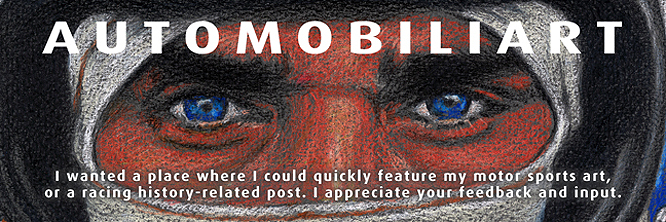
December 26th – January 2nd
Win a set of Paul Chenard Greetings Cards
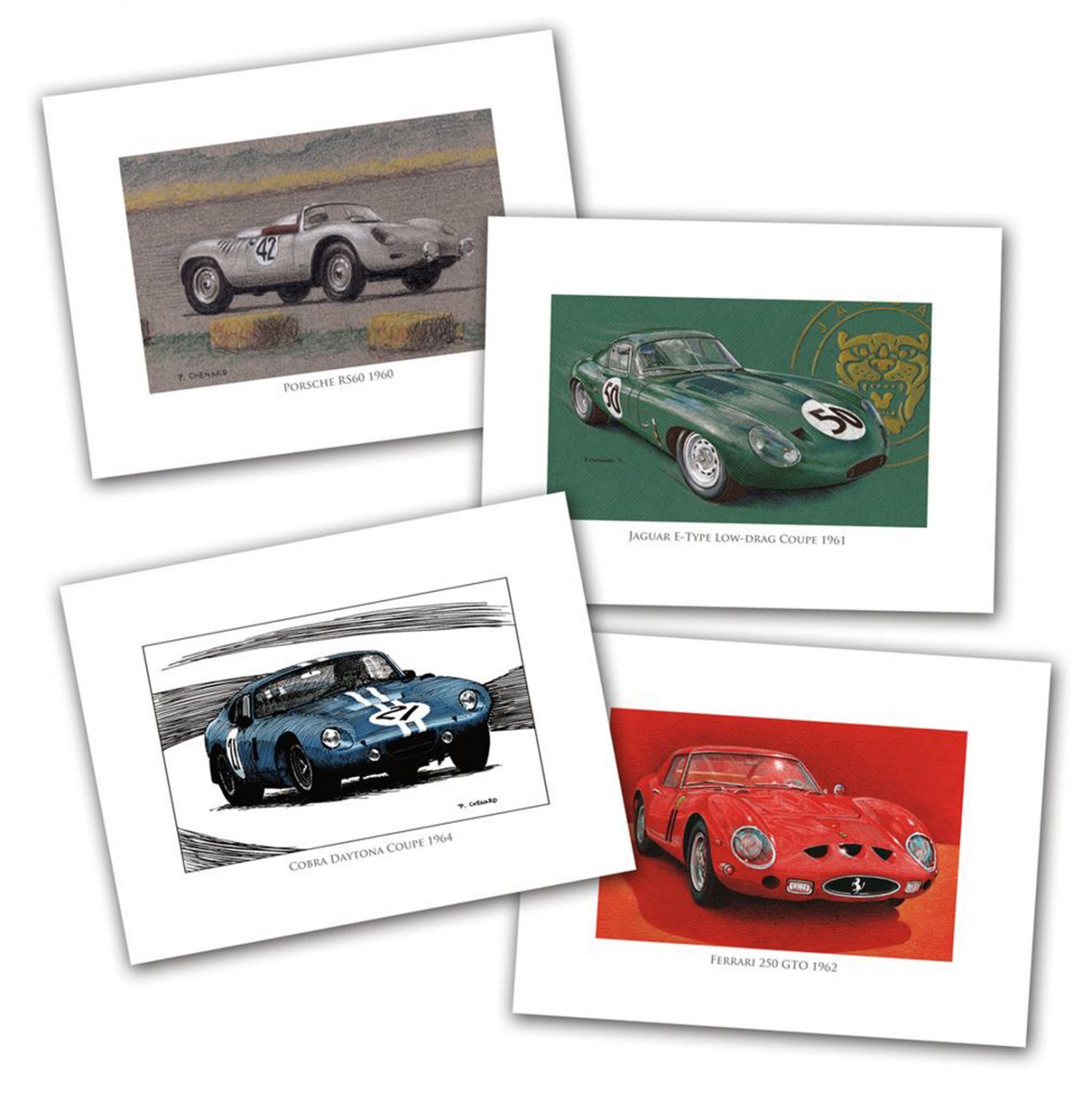
Set 1 Sports & GT Cars
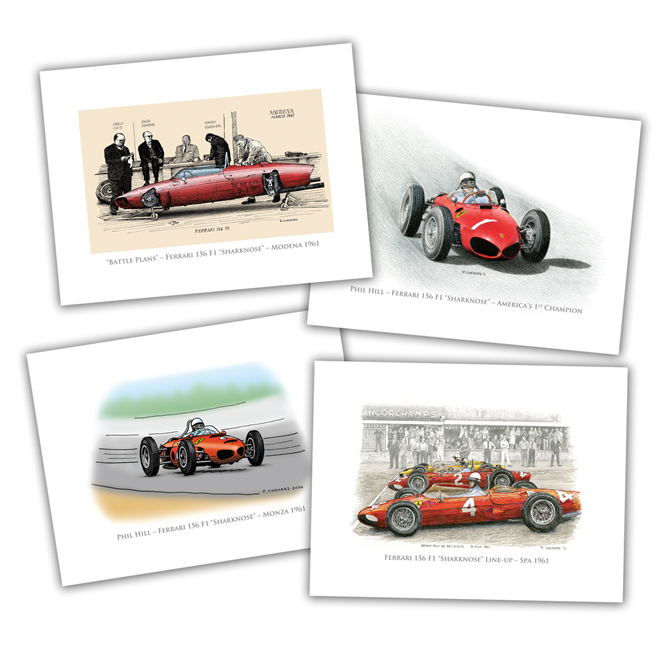
Set 2 Phil Hill World Drivers Championship 50th Anniversary Edition
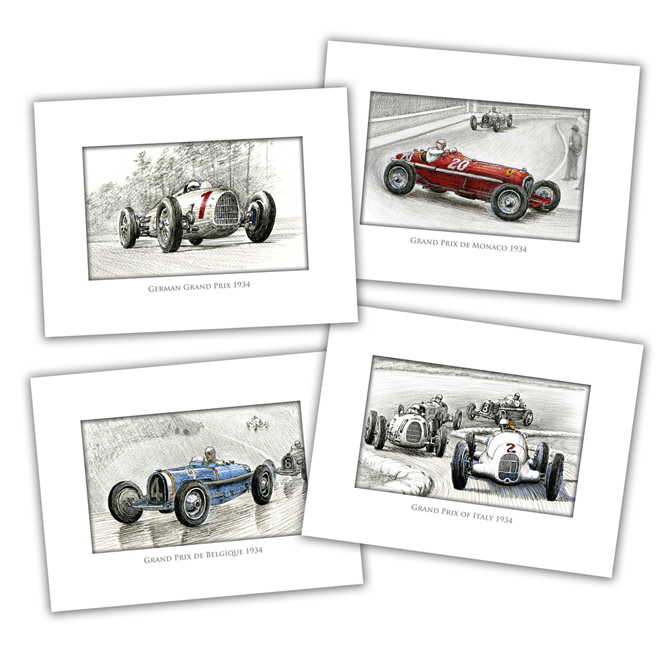
Set 3 1934 Season
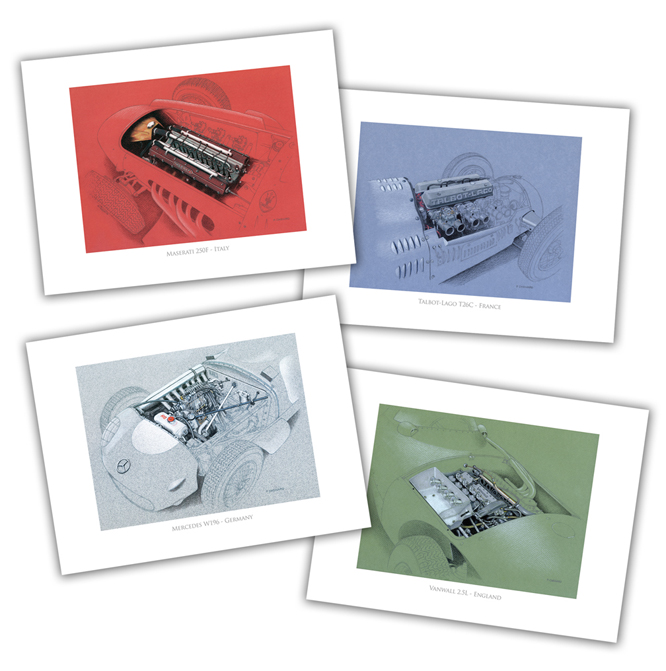
Set 4 Grand Prix Engines of the 1950’s
or
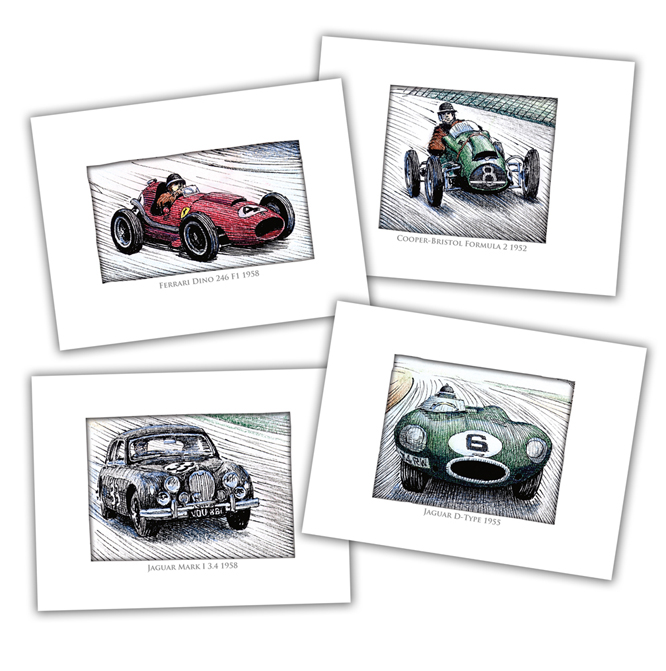
Set 5 Mike Hawthorn’s Race Cars
The Automobiliart GALPOT Seasonal Quiz will comprise 8 categories.
Overall winner chooses one set of Paul Chenard Greetings Cards from the five sets shown above.
The cards measure 15.24cm x 11.43cm, come in packs of 12 with 3 copies of 4 designs in each set, plus A6 envelopes.
Which set will you choose ?
The free to enter Automobiliart GALPOT Seasonal Quiz will run from December 26th – January 2nd Entries close January 8th 2012, Winner announced January 16th 2012.
Full details on December 26th at GALPOT.
Looking for Automotive Seasonal Gift Idea’s? Visit Automobiliart Now !
